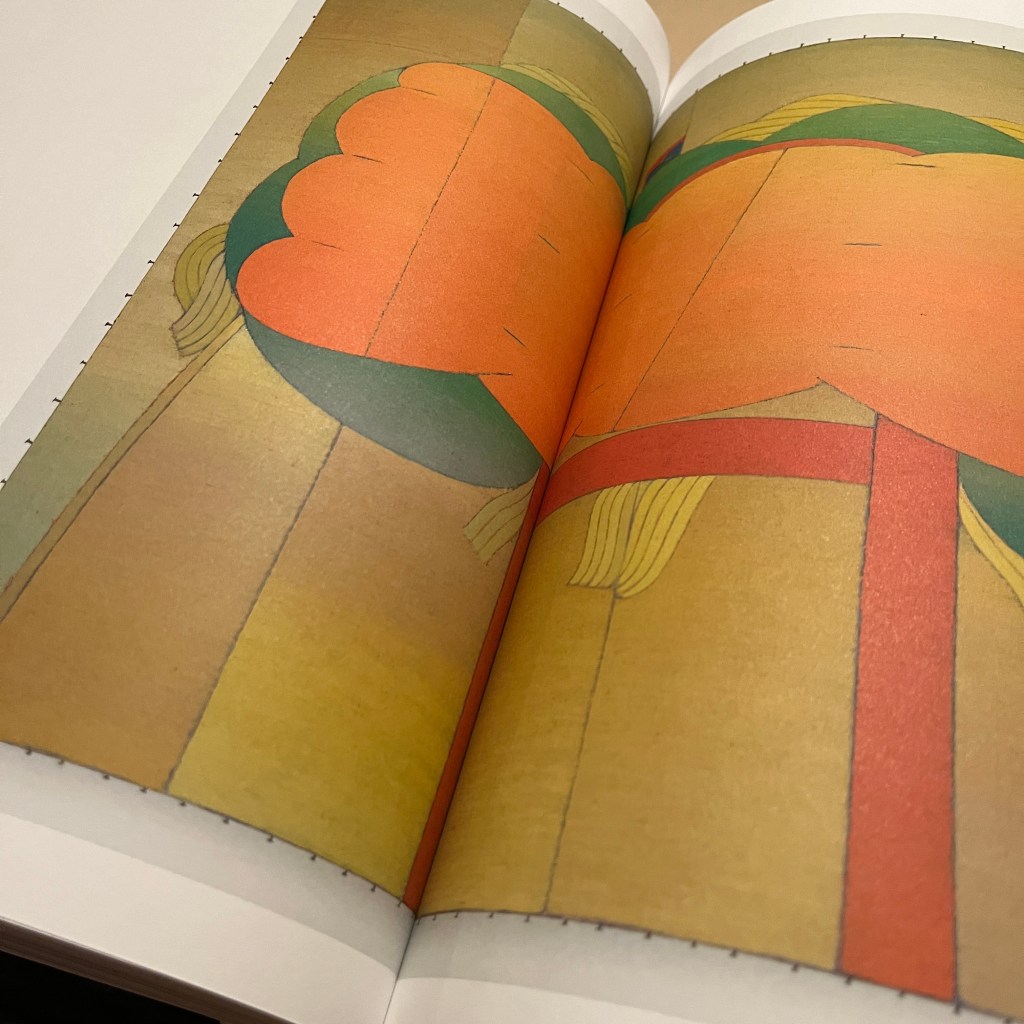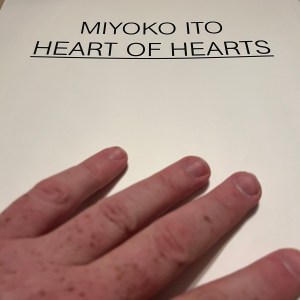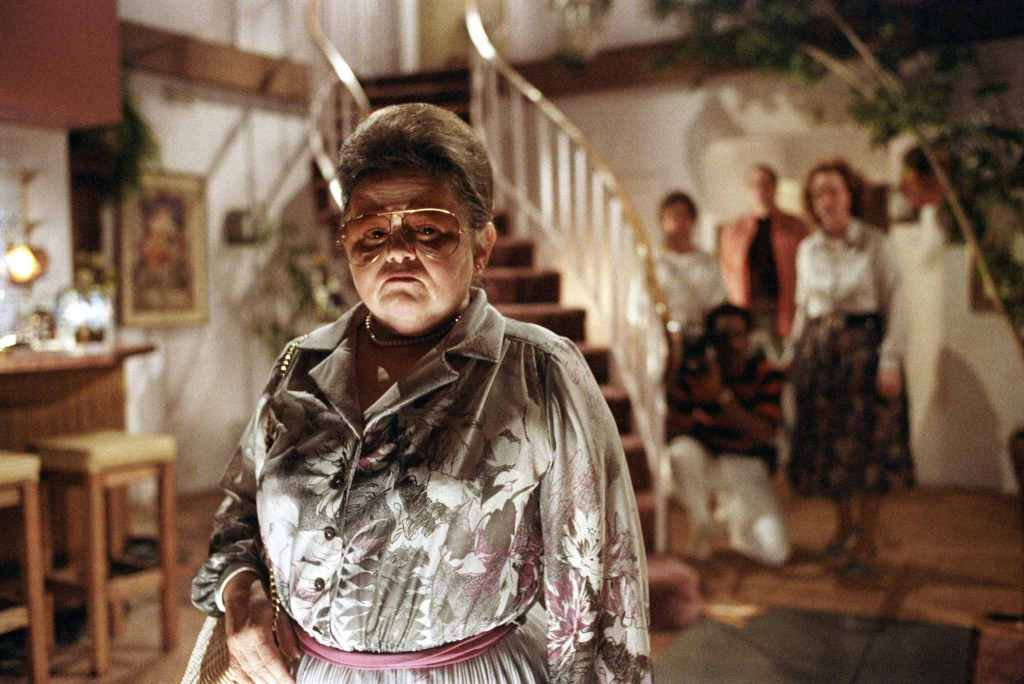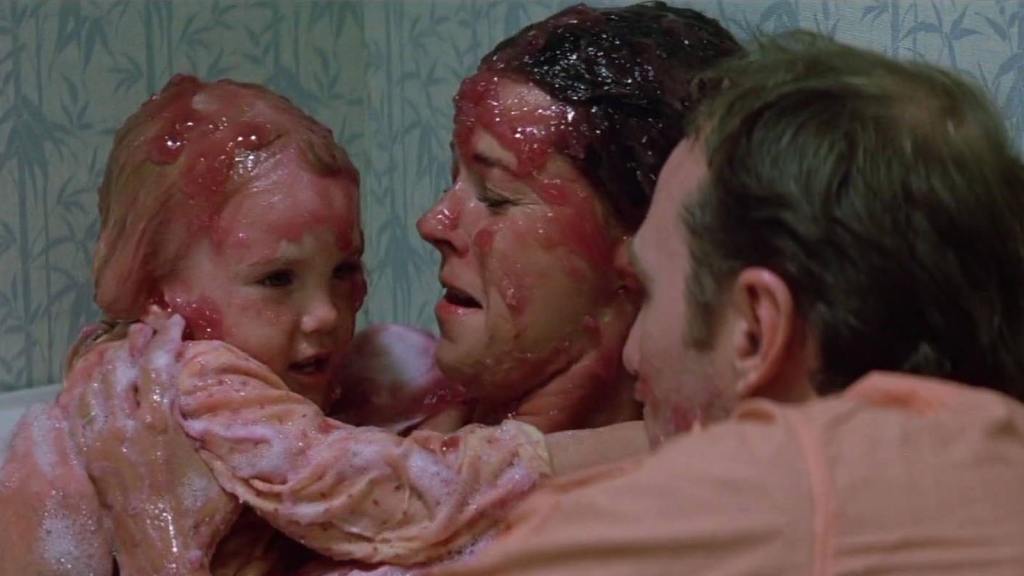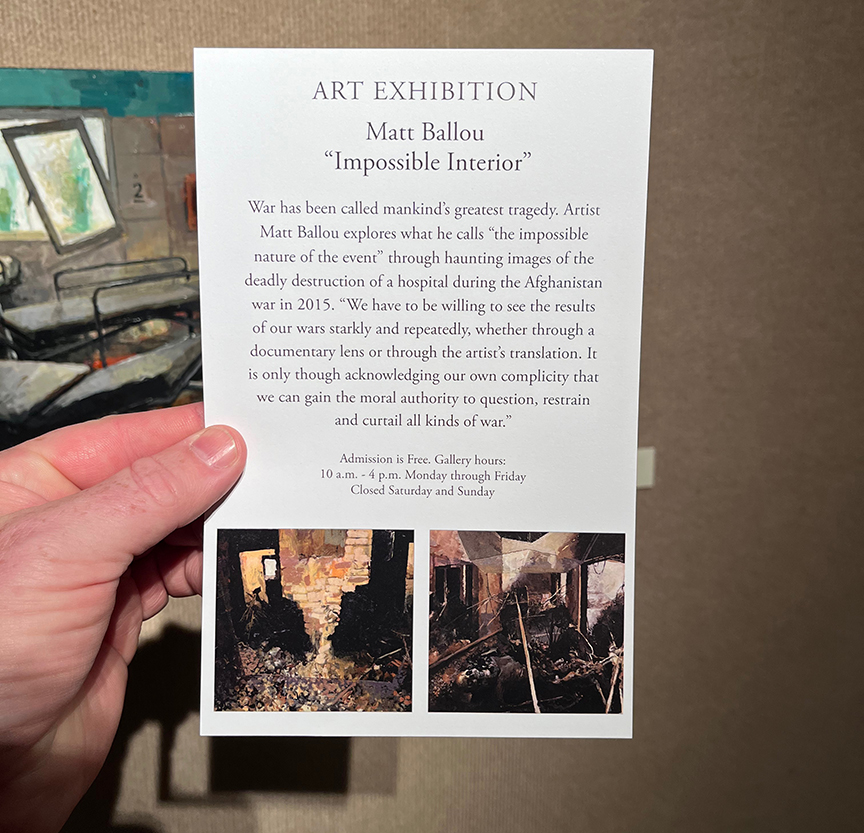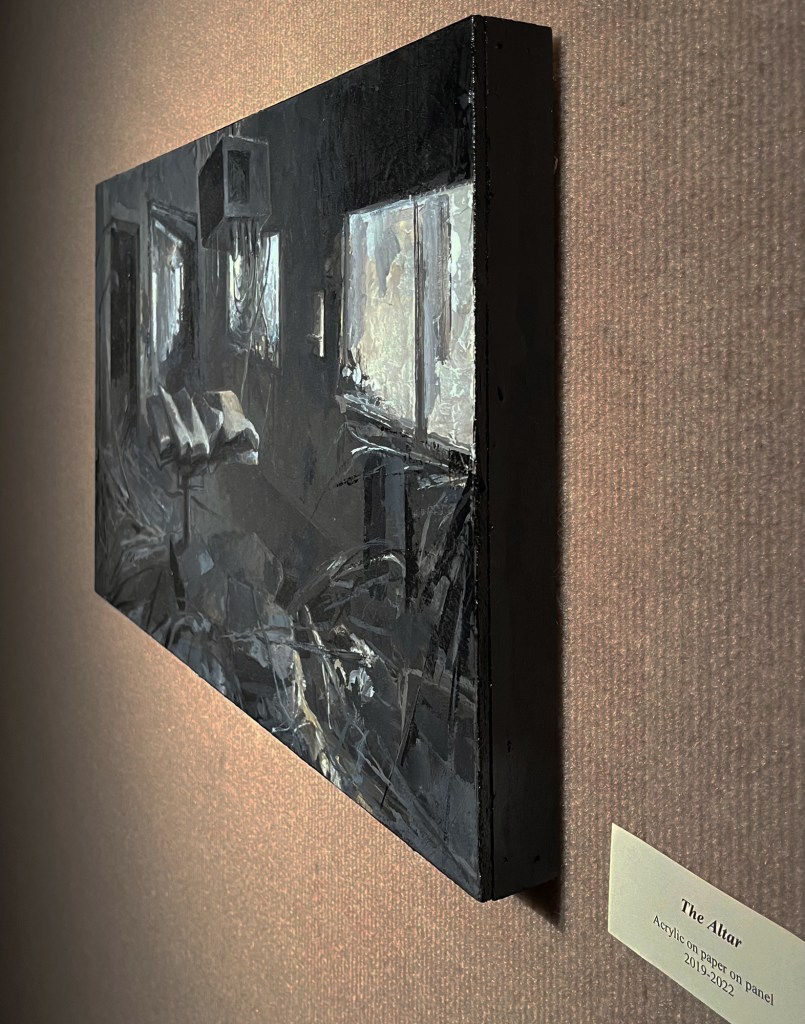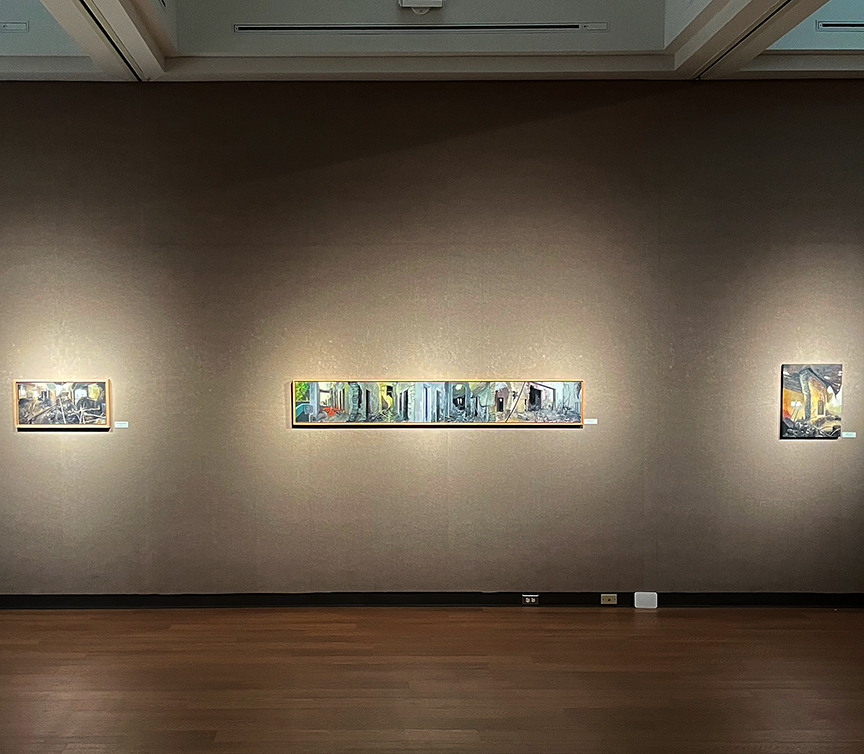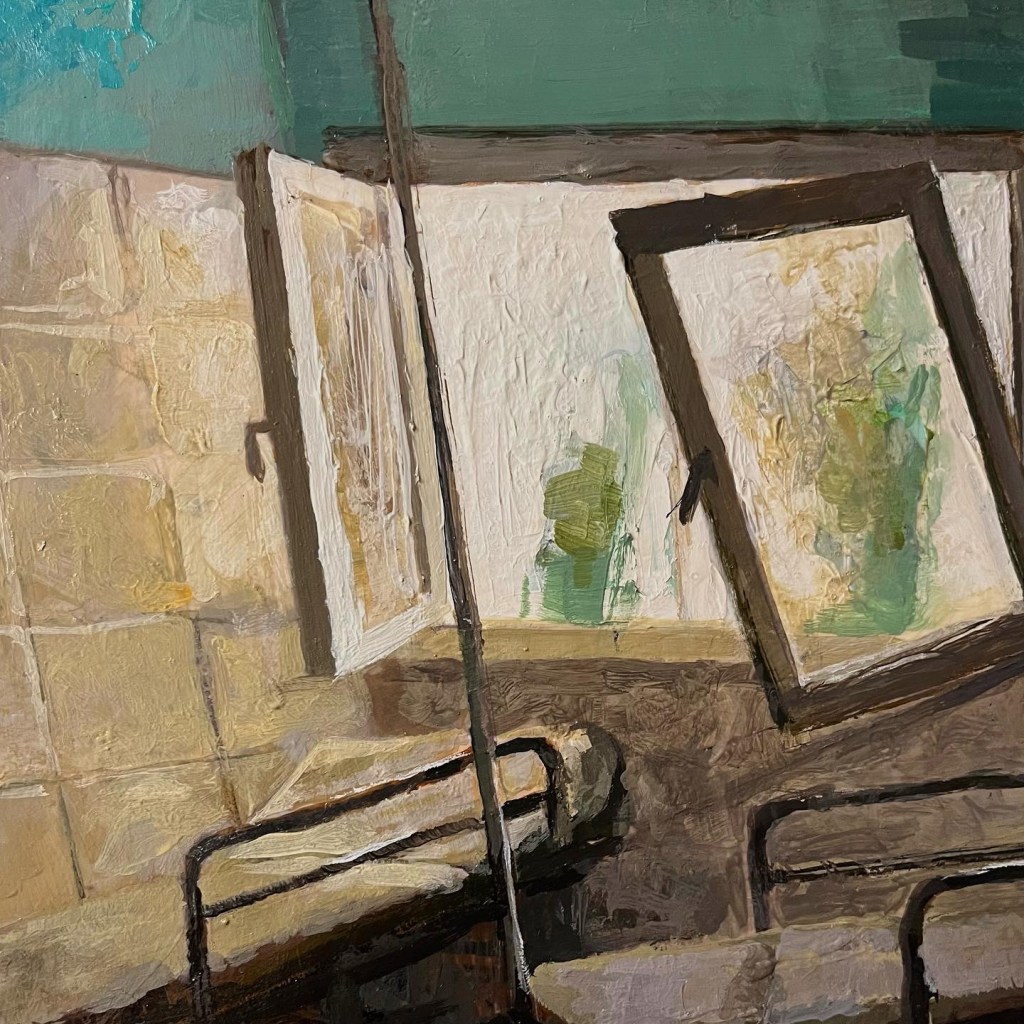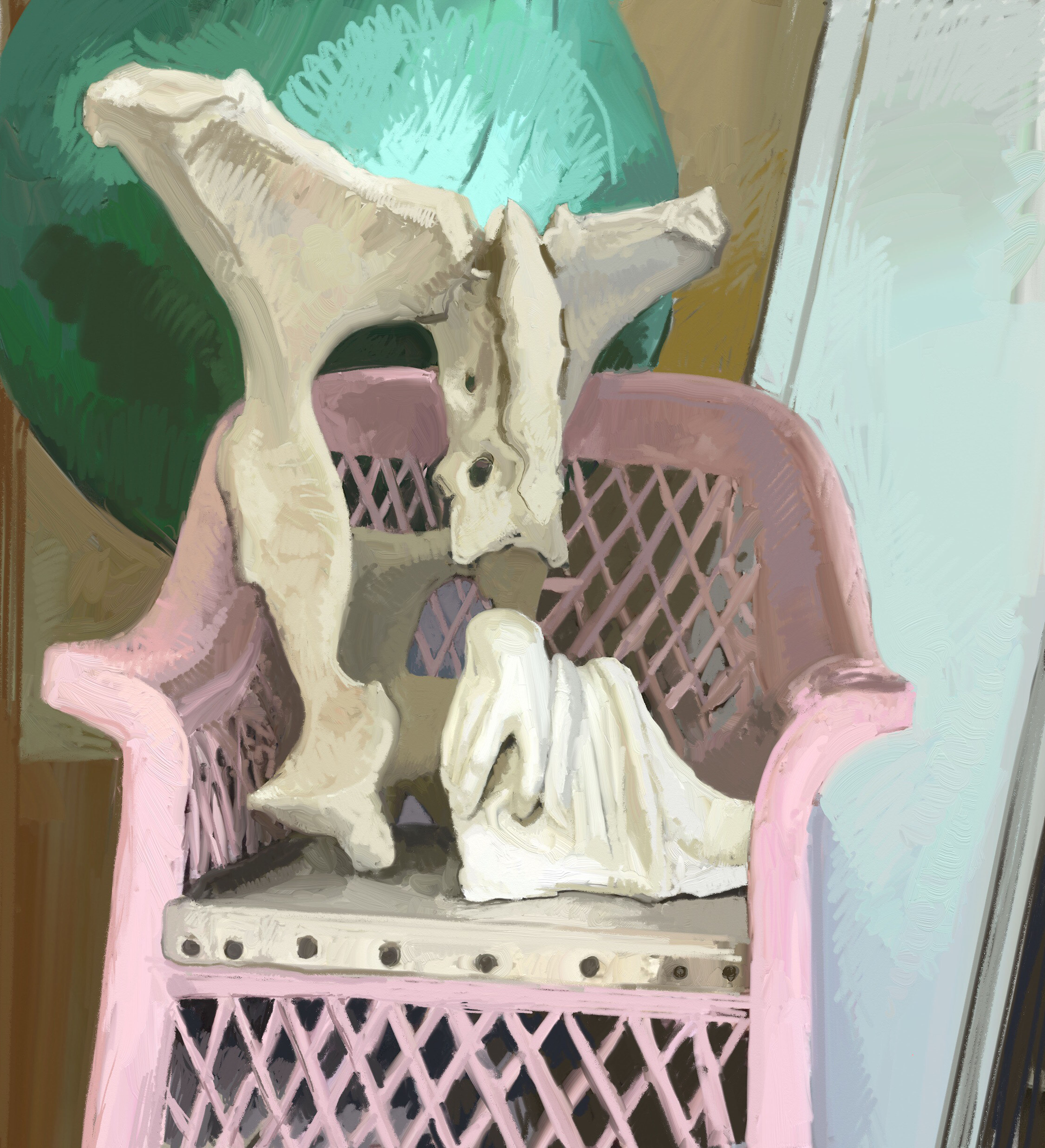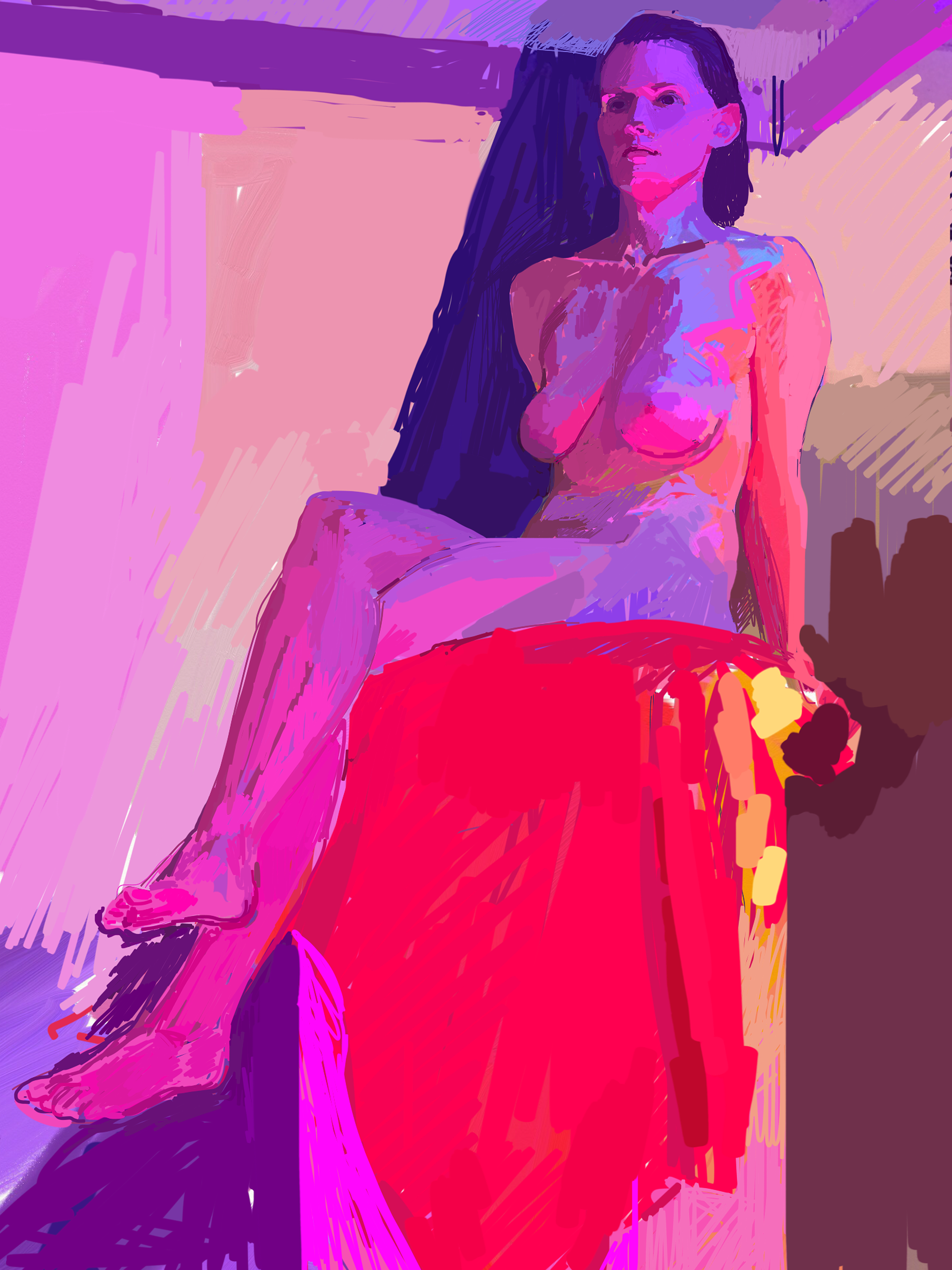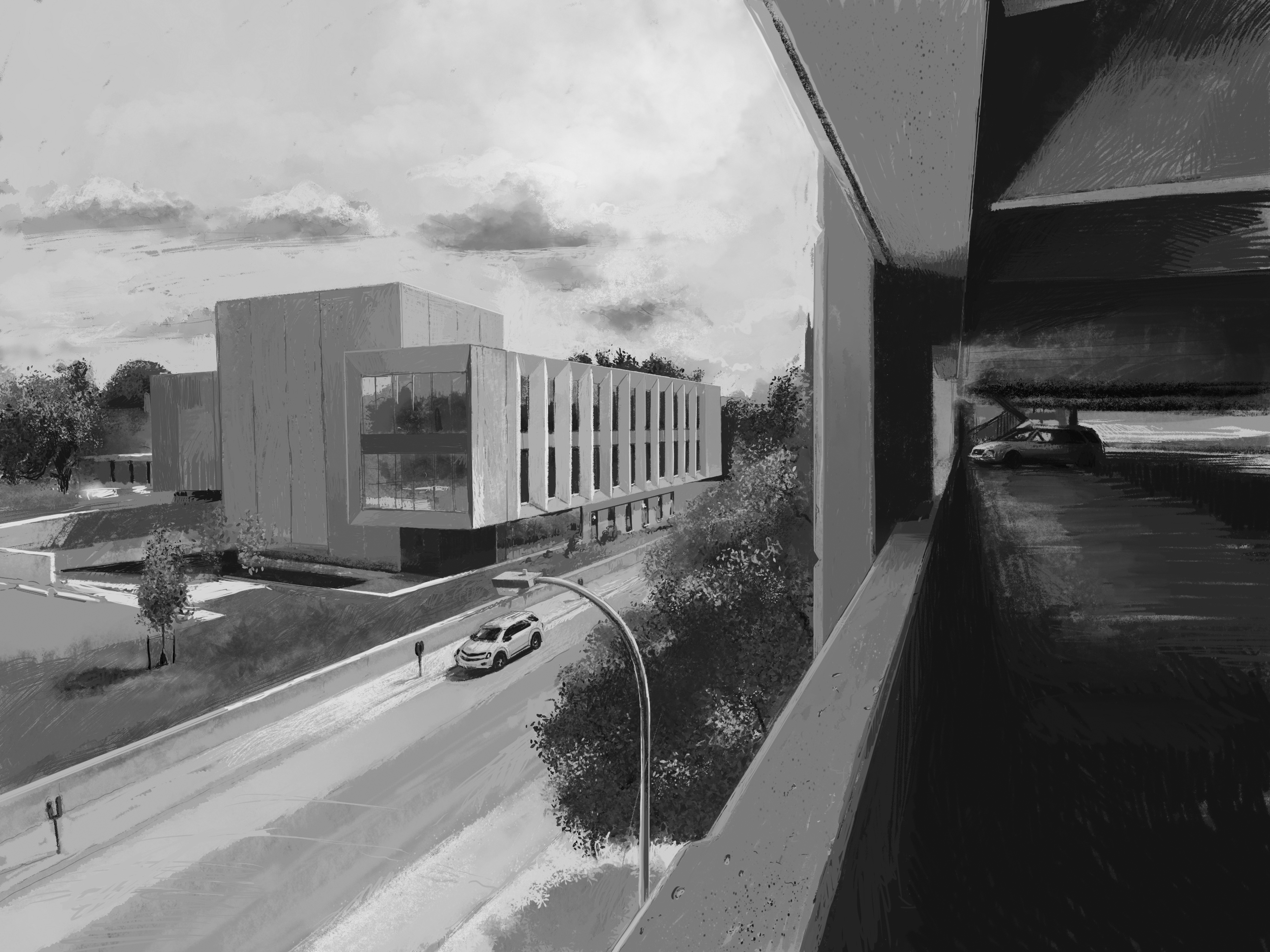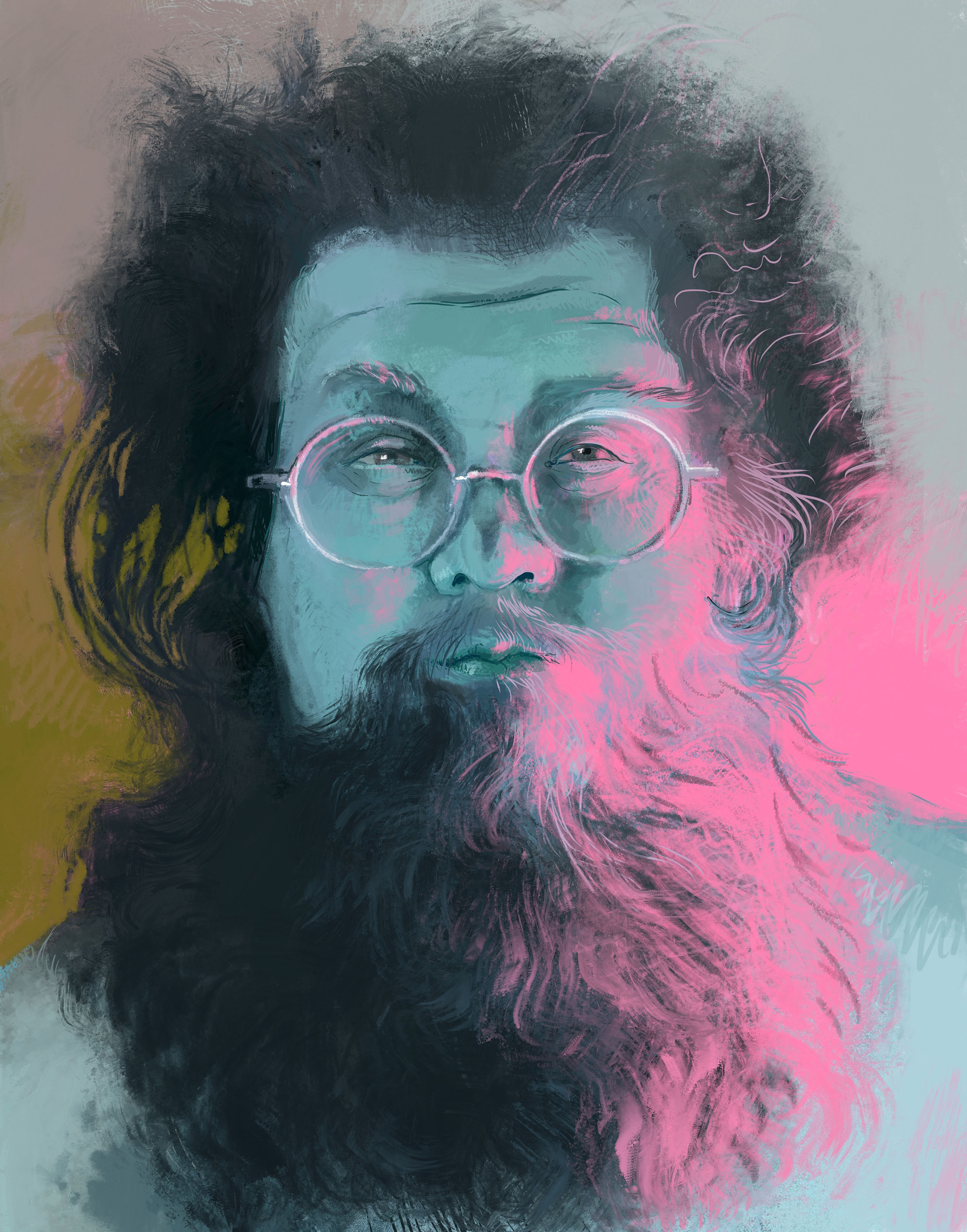As 2023 rolls toward an ending, I want to share with you something I’ve been keeping to myself for a few years now.
Go back to the beginning of the pandemic. Schools closed. Information and misinformation flew back and forth. Of course everything was a political dumpster fire; a pervasive heaviness spread over the land. And don’t even get me started on the ritual of using disinfecting wipes on every square centimeter of grocery item delivered to our front door. Even on nature trails and in wild spaces we were warned to keep spectacular distance from each other.
It was the weirdness of being told we shouldn’t use the nature trails for hiking or triking that caused me to consider using the Hitt Street Garage as a place to get my miles each day. School had closed in March, and after finishing up that semester remotely I began to spend time in the garage. There were no cars there, and often my children got some out-of-doors time in by riding their bikes around the middle levels while I walked (click here to see evidence of one of my first workouts in the garage).
By the time May ended I was going to the garage several times each week. It was then that I took special notice of a denizen of that forsaken building: the cheese. That’s right: a slice of processed cheese product cheekily flung off a take out burger and – somehow – perfectly caught on the concrete wall. It was THE garage cheese.
I had seen it earlier in the year – perhaps the first week of March. I had no solid idea how long it had been there, but it was leathery and tough (yes, I touched it). It might have been there a month or two. It still had the strong, unnatural hue I’d come to expect from cheese like this. At first it was just a funny bit of ephemera living in the garage, much like the plethora of unused .223 bullets, spent CO2 cartridges, or carcasses of baby birds that hadn’t made it through the summer heat. But as I passed the cheese over and over again in my rounds up and down the floors of the parking garage, it began to take on more and more importance.
Crazy, right?
I shared my observation of the cheese only with family and a few close friends; I didn’t want it to be disturbed. Being early in our collective quarantine, I felt sure the cheese would be safe. But I was keenly aware that once things went “back to normal” there would be some frat-bros carousing in the garage. There was no way the cheese could survive the onslaught of undergraduates! I just wanted to see how long it would last, and I didn’t want any human intervention. There was an alchemy taking place between the cheese and the garage, a synergy that must be allowed to continue! I was committed to no engagement other than photographic documentation.
I began taking periodic shots of the cheese, with my first one from September 2020. I know I took earlier images, but I didn’t see the cheese as anything more than a humorous curiosity then, and so didn’t save them. It wasn’t until March 2021 that I made the decision to document the state of the cheese monthly, as well as make periodic check-ins every other week or so. I viewed the month of March as the anniversary of the installation of the cheese, and it felt right since that was when Mizzou closed down. In a way, the cheese was a physical artifact of the many ways in which COVID altered our experiences of life.
Over time, the cheese itself began to change. Flexing with the heat and humidity, cracking under the pressures fighting against its preservative-laced body, the cheese maintained its grip on the concrete. Something in the material nature of the porous wall and the glue-like substance of the cheese made their union not only possible, but hearty. By March 2022 the cheese was gnarly and swarthy, hung all over with dust and the debris of generations of spider webs. The darker coloration made me feel more secure that people wouldn’t see it.
This was important, because life was returning to the campus. The garage was being used more and more. By the fall semester, most people felt safe teaching and learning in masks. This was a tense time for me. I began to check on the cheese several times a week, certain that it would be gone one day. I took to obtaining photos of the cheese only when I would not be observed. I didn’t want my attention to a seemingly nondescript section of the garage to draw others near.
I got a bit more intentional with the photography in 2023. The shot from March that year is particularly nice. I began to think the cheese really would make it to the four year mark. People encouraged me to post about the cheese, to make an Instagram account for it, even to mark it on maps. But I knew there would be time later to show folks where it had been. I wanted it to make four – maybe even five – years! As Thanksgiving passed, I felt more confident than ever. After the first day of graduate reviews on December 1st, 2023, I made a pass by the cheese for my December check-up. It looked robust, confident. It was ready to press on toward another anniversary upon the wall. So it was that when the second day of grad reviews concluded on December 8th, I took one of my grad students over to see the cheese. I figured I could share the glory with more people. Surely that would be okay.
THE CHEESE WAS GONE.
Astonished, I rushed out to investigate the scene. There, amid a thick mass of trash and various organic detritus, rested the cheese. It was in a gap between the wall and the floor, and it seemed to be intact. No one had abused this artifact; it had let go of the wall on its own. Its time was up. The race was won.
I carefully rescued the cheese. It was rough and hard, as dense as holding a fragment of bone. Yet, like bone, I perceived it would be brittle. Maybe it had been the dusty garage trash that provided a soft enough landing to save the cheese from breaking against the concrete. Whatever the reason, after nearly 45 months on the wall, the garage cheese was now mine!
I quickly collated my photos of the cheese and obtained a simple shadowbox frame for it. Now safely transferred to the wall of my studio, the cheese can exist in perpetuity, assured the status of a protected relic. As part of the process of documenting and celebrating the garage cheese, I have created the GIF below. I did a modicum of image adjustment so that you can get a sense of the changes that happened over the course of the years. Of course, it’s not perfectly color-corrected, nor entirely aligned for precision, but you can definitely get the sense of how the cheese transformed.
While the cheese itself has left the Hitt Street Garage, there is something that remains behind: a kind of oily stain is still quite visible on the wall of the garage. If you look in this wide shot below, you can see it just a bit left of center. Follow the inner vertical line of the leftmost column downward, and you’ll notice the apostrophe-like arcing shape. That’s a ghostly shadow of the cheese, somehow still clinging to that precarious perch.
Click below to take a look at a curated selection of the cheese. If you’d like to purchase a print of one of these images, send me $20 on Venmo (here), and I’ll mail it out to you. Just be sure to tell me which one you’d like.






The distance between months and years, and all that we did and saw and felt… in one image. Maybe I should do some risograph prints of these, too… On to 2024!

A final thought, as I sit here with family and smile at my cheese…
Here’s hoping your ’24 is joyful, safe, and peaceful. We know it probably won’t be, though. At least not for most of us. So why do I offer the above trifle about faux fromage? Why present some cast off cheese as a visual metaphor or point of access for meaning? Well, I think the greatest part of our human experience is in the realm of attention. I teach my students this, and I try to teach my own children it as well. When we are attentive to the world around us, when we believe in the value of observation and awareness, then we are most able to be both realistic and hopeful. It is willful ignorance or chosen obfuscation that breaks the social contract, that causes us to care less about each other and the world.
We are living in times of serious violence against not only people but against our ability to apprehend true things. We desire to be told what we want to hear, rather than what we ought to hear. We ignore what should be seen straight on, seeking instead things that distract us from beingness. These are our great sins, particularly in America. We have allowed our politicians to be criminals. We enable them and they stroke our egos in return. Our domestic and foreign policies – for all of our posturing to the contrary – are not “pro-life.” We have become the arm of death. We resist over and over the chance to do what is right, because we know that will make us feel a little uncomfortable. Our comfort is our chief aim, and it’s obvious.
In light of all of that, perhaps everyone would do better to pay close attention to their own version of garage cheese. I hope we can get started on putting our collective house back in order in 2024.
Peace.




